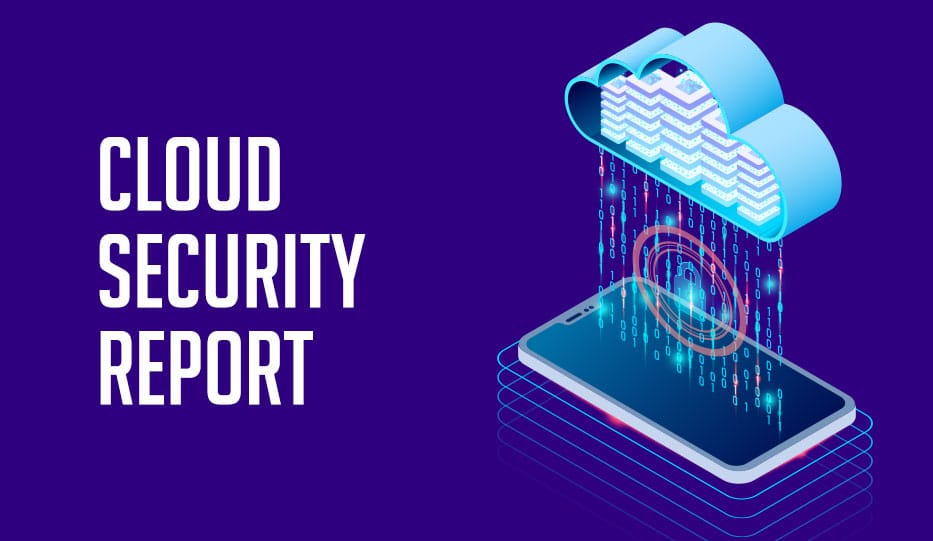
Understanding cloud security insights
Recent trends of remote working and off-site collaboration have pushed businesses to speed up their digital technology adoption. Unless companies can successfully adapt to the new ways the world is conducting business, it will be very difficult for them to thrive. Against this backdrop, more and more organizations are relying on their IT teams to create hybrid network environments which can support resource access both on-premise and over huge geographical distances. The go-to technology for achieving this is of course the cloud.
With this rapid cloud adoption, comes the imminent to need to maintain and enhance cloud security. In this blog, we are offering you a 2022 cloud security overview, so you are aware of the practices to follow and the scenario as it unfolds.
Boosts in Cloud adoption
Around 39% organizations today are opting for a hybrid-cloud environment, while 33% chose the multi-cloud setup. 76% businesses are going for 2 or more cloud providers, of which AWS and Microsoft Azure have the lion’s share.
The objectives for cloud adoption remain more or less the same: improve scalability, integrate disparate services and serve them from the cloud, and safeguard business continuity against network failures.
Growing concerns about Cloud security
Even as cloud adoption gains popularity, cloud security still remains a looming concern. As many as 95% organizations today are worried about maintaining their cloud security. The major force behind causing this worry is the growing number of ransomware and zero-day vulnerability cases that are affecting applications and servers which were setup on the cloud. The recent Log4j fiasco was an even stronger push for organizations to ramp up their security.
Challenges of Cloud adoption
It is noteworthy that even though there are hundreds of unique use cases for implementing cloud services, some common challenges keep troubling businesses.
Lack of visibility, high cost, lack of control, and lack of security are the major factors that hinder cloud adoption. Moreover, 41% organizations reported that apart from the technology, finding the rightly skilled staff to administer and govern cloud security policies with complete legal compliance is a substantial hurdle.
Of the other challenges of cloud adoption, 61% organizations reported finding the right talent to deploy and manage complex cloud ecosystems an obstacle, 53% found ensuring stringent data protection on the cloud to be complicated, and 51% of the companies had trouble envisioning how hybrid cloud solutions fit together. 47% companies also lamented about the loss of visibility and control that comes with relying on a cloud service provider.
Simplify cloud security with Fortinet
Fortinet implements the cybersecurity mesh platform that takes a composable, collaborative approach to cloud security and therefore reduces the costs of security incidents. By integrating threat intelligence right into the cloud platform, Fortinet allows you to automate and easily manage your visibility into your cloud security. This superior degree of automation reduces the burden of finding technically skilled human resources too.
Around 78% professionals claim that this integrated single cloud security platform is much more suitable than a host of different security tools working together.
